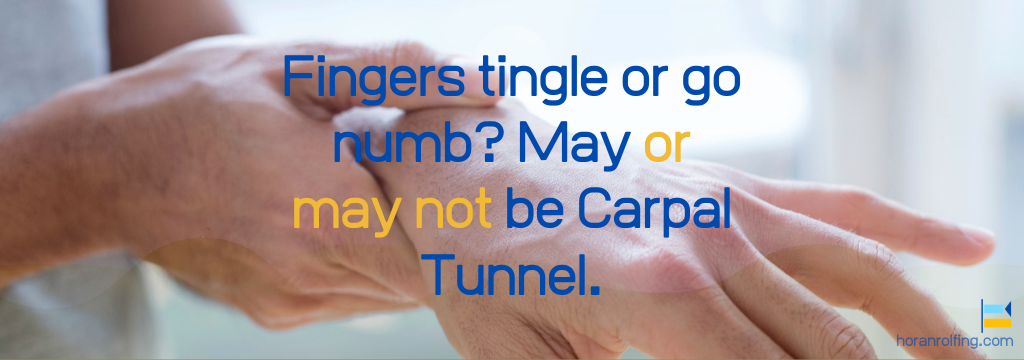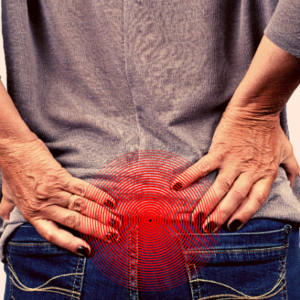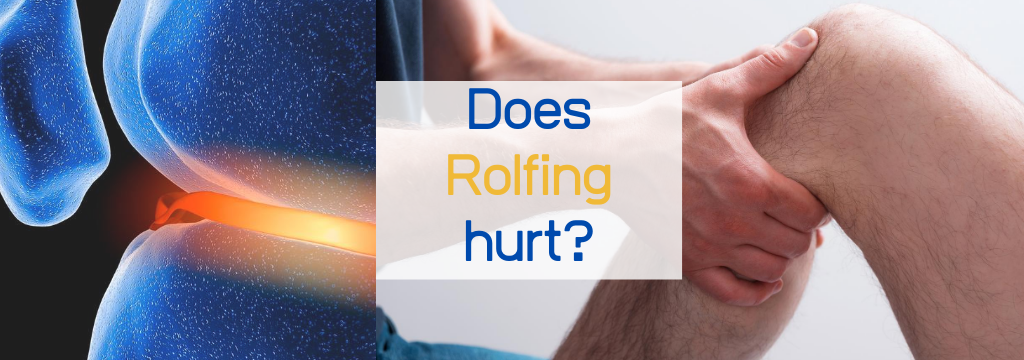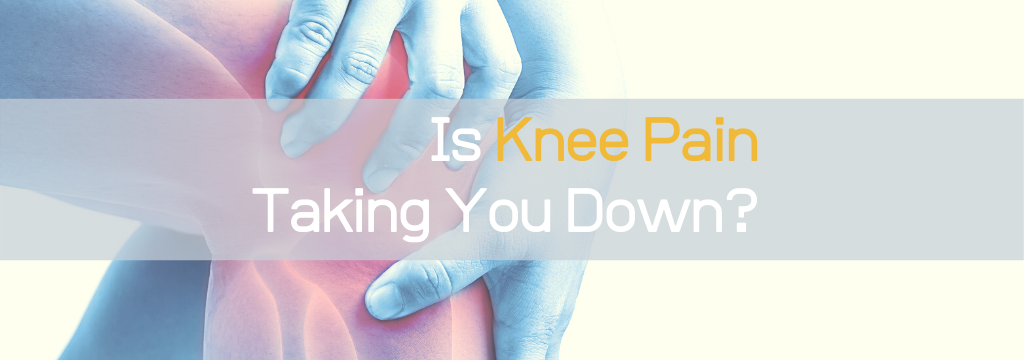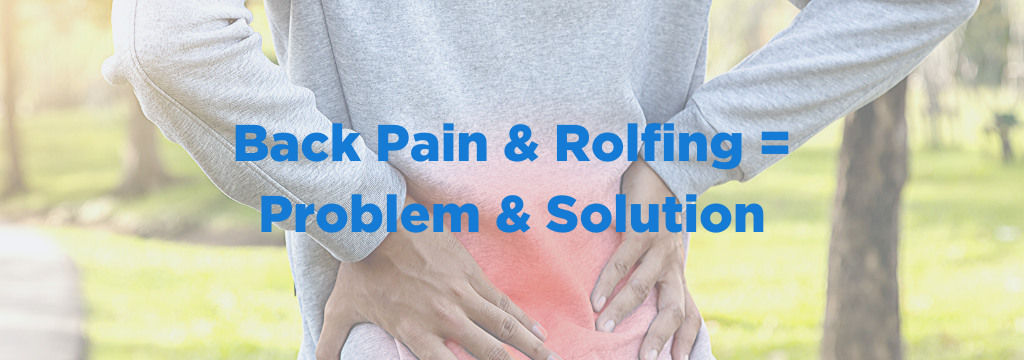
Let’s start with some straightforward stats: 2 billion people, which is 25% of the world’s population, are considered zinc deficient. Closer to 70% (on average), don’t have optimal zinc levels. Ok, you might say, but really, what can this one mineral mean to your health and happiness?
Here’s a table of the micronutrient’s functions and deficiency symptoms. Read through it, and when you do, make note of any noticeable symptoms.
Zinc Functions
- Respiratory Health
- Improves immune system
- Vital to wound healing
- Reduces inflammation
- Supports sex hormone production
- Improves libido
- Helps prevent muscle loss due to aging
- Impacts kidney health
- Crucial support of enzymes & proteins for taste and smell
- Proper childhood growth
- Visual health
- Crucial for thyroid hormone function
- Lowers odds of abdominal artery calcification
Zinc Deficiency Symptoms
- White spots on fingernails
- Low energy
- Insomnia
- Infertility
- Diminished taste or smell
- Skin rashes / Eczema
- Appetite loss
- Lowered immunity
- Poor memory
- Sinus & allergy problems
- Breast & prostate cancer
- Libido loss
- Frequent colds or flu
- Abnormal hair loss
- Slow thinking process
Did any of the listed zinc deficiency symptoms sound familiar? It’s kind of wild that one micronutrient can affect so many crucial body functions and ongoing health, isn’t it? But zinc is an essential micronutrient. That means its presence plays a critical role in our health from conception until death. Yet stress levels, hormones, medications, and dietary changes can all impact zinc status.
Zinc is an essential micronutrient that plays a critical role in our overall health – from conception until death.
For instance, just look at this list of commonly prescribed and recommended medications, all of which can negatively impact zinc status: Spironolactone (combined with other meds to help treat blood pressure, reduce fluid build-up), Furosemide (a diuretic), thyroid hormones, systemic antibacterials (like these), and corticosteroids (like these).
So be sure to pay attention to any deficiency symptoms that come up and get your zinc status checked once a year at minimum – through a blood test, if possible.
How to Test for Zinc Deficiency
There are 2 typical ways you can test for zinc deficiency:
- Bloodwork: you can go to a lab and get your serum zinc level tested through a blood draw.
– Optimal levels are above 90 micrograms per Deciliter (µ/dl) - Home Test: zinc sulfate taste test. You’ll need to purchase a bottle of zinc sulfate liquid, place a capful in your mouth, and observe the sensations in your mouth. Below are the possible outcomes and indications:
- You Notice No Metallic Taste: Deficiency
- You Notice A Delayed Metallic Taste: Slight Deficiency
- You Notice Slight Metallic Taste: Zinc Levels adequate, but could be improved
- You Notice Very Strong Metallic Taste: You Likely Have Optimal Levels
How to Improve Your Zinc Status
Because zinc is not stored in the body, it’s imperative to eat zinc-rich foods every day. Optimally, you’ll take in 12-15mg per day for a maintenance dose and up to 30mg per day to combat deficiency or to support a health condition. Below are some top zinc-rich foods.
| Food | Serving Size | Zinc mg |
| Steak (chuck/ribeye) | 5 oz | 13-15mg |
| Oysters (canned or raw) | 1 | 5.5mg |
| King Crab Leg | 3.5 oz | 7mg |
| Chicken Thigh or Leg | 1 | 5mg |
| Tofu (firm) | 1 cup | 4mg |
| Pork Chop | 6 oz | 4mg |
| Pumpkin or Squash Seeds | 1 oz | 3mg |
| Lentils | 1 cup | 3mg |
Remember that if it’s difficult to get daily amounts of food options that can improve zinc status, you can take a supplement, as well. The 2 best forms of zinc in supplement form are:
- Zinc Picolinate
- Zinc Glycinate (or diglycinate)
You can get a 15% discount on all supplements through my online store. Just visit my website here then scroll to the bottom of the page to find the Fullscript link.
For an energy-filled life, it simply makes good sense to ensure our body has what it needs to keep moving and feeling as good as we possibly can. If you would like to improve your zinc status or overall health, a Holistic Nutrition Professional like me can help! Contact me today.
Article Resources:





 Get in touch with
Get in touch with 







